Chording keyboards are not new. Douglas Englebart (inventor of the mouse) also created a chording keyboard called the "Keyset". It only used 5 keys (for the 5 fingers), so only 31 codes were available. By extending the keyset to use 2 more keys, that trigger "modes" or work like modifiers, many more combinations become available to the keyboard user. This was done by Infogrip with their "BAT" keyboard, but it seems as though their encoding was inefficient for English.
The original encoding for the Infogrip BAT requires users to use any given finger ~65% of the time. Using a simple algorithm derived from Huffman Coding, individual finger usage can be reduced to ~35% of the time. This gives my encoding a 30% edge over the original and should reduce finger strain over long periods of time.
I'm a fan of MX-Blue switches, but multiple MX-Blues being depressed at the same time all day would probably be pretty annoying for my work-mates. Therefore, I've picked up some MX-Clears to replace the originals (which I've heard are reds). I will probably do the "Ergo-Clear" modification -- which involves putting a weaker spring inside the MX-Clear.
Finally, the last phase of this project will be creating a "training mode" where LEDS embedded under the keys can be used to teach the user where all of the chords are.
 Big Boy Pete
Big Boy Pete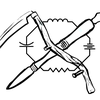


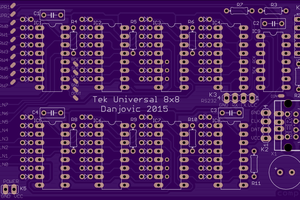
 danjovic
danjovic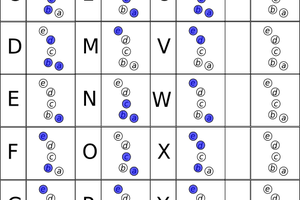
 Patrick Tait
Patrick Tait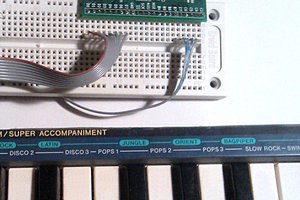
 RunnerPack
RunnerPack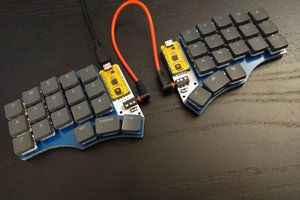
 deʃhipu
deʃhipu
Kinda interesting how you optimized your key map. I'm somewhat curios, as I (with no prior experience with chorded keyboards) built a key map with the opposite approach. My layout is based more on using the stronger fingers for more common letters. Have you been using this and have you noticed a balanced approach is better? And should I update my key map before muscle memory makes that nontrivial?